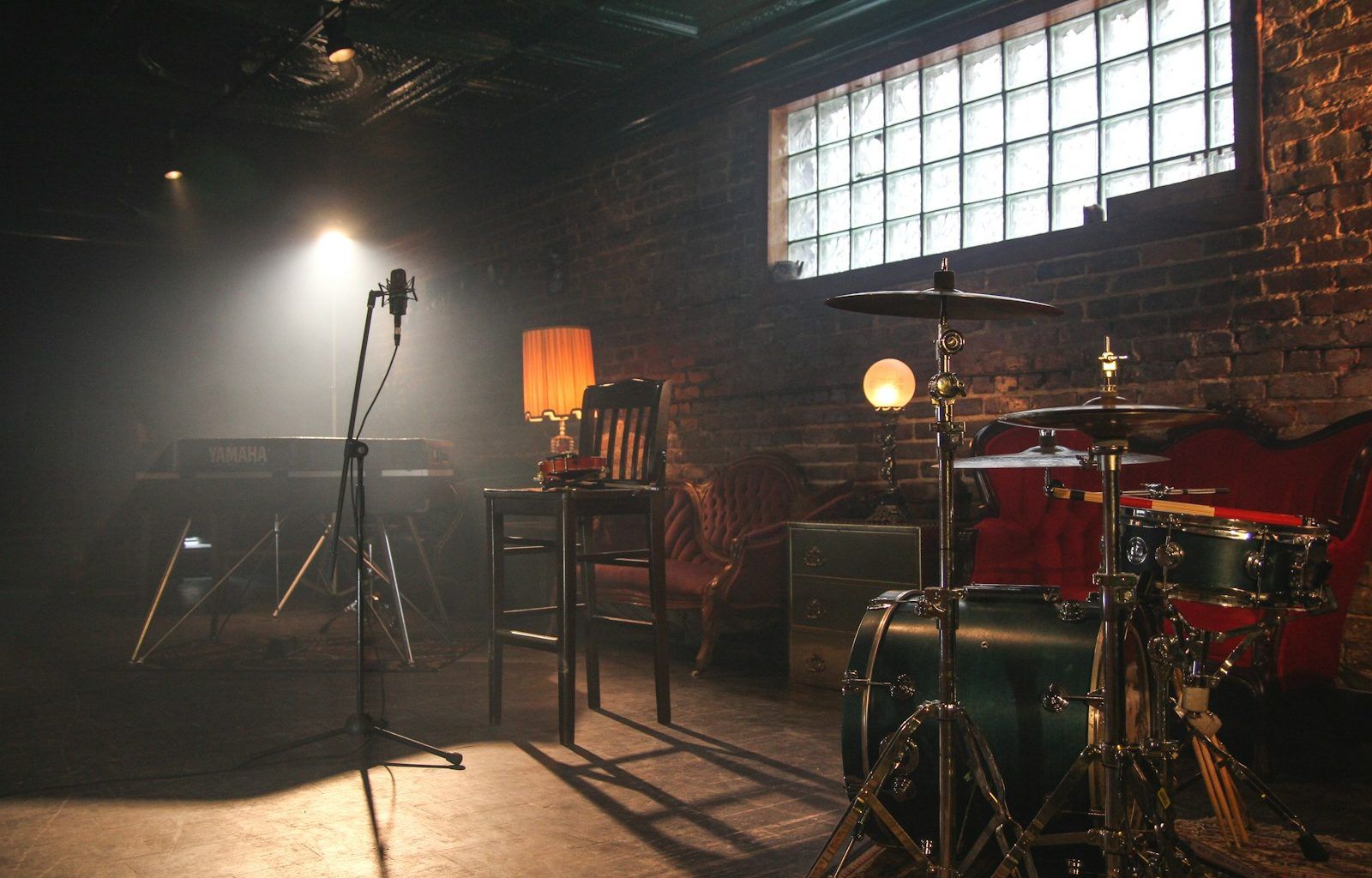Do you dream of having a music studio but feel like your small space is holding you back? You’re not alone! Many aspiring musicians and producers face this challenge. The good news is that even the smallest spaces can be transformed into a functional, inspiring music studio. Whether you’re a beginner or a seasoned pro, a little creativity and planning can go a long way in designing your perfect small studio.
In this blog, we’ll dive into practical and innovative small music studio ideas that maximize your space without breaking the bank. From choosing the right equipment to organizing your setup, we’ve got you covered. So, let’s get started on turning your compact area into a powerhouse for music creation!
1. Choosing the Perfect Location
The first step to creating a small music studio is picking the right spot. Don’t worry if you don’t have a spare room; even a corner of your bedroom or living room can work. Here are a few tips to consider:
- Look for Quiet Spaces: A quieter area means fewer distractions and better sound quality.
- Consider Room Acoustics: Hardwood floors and solid walls are ideal, but you can always improve acoustics with simple adjustments.
- Think About Accessibility: Choose a spot where you can comfortably set up and access your gear without constantly rearranging furniture.
If you’re working with a very tight space, consider using a closet or an underutilized nook in your home. With the right setup, these spots can become cozy, productive studio spaces.
2. Essential Equipment for a Small Music Studio
When space is limited, every piece of equipment needs to count. Focus on the essentials and invest in compact, multifunctional gear. Here’s a list to get you started:
- Laptop or Desktop Computer: Choose a reliable device with enough power to run your preferred DAW (Digital Audio Workstation).
- Audio Interface: Look for compact models like the Focusrite Scarlett series.
- Studio Monitors: Opt for smaller monitors or even high-quality headphones if space is tight.
- Microphone: A versatile condenser microphone works for vocals and instruments.
- MIDI Controller: Portable options like the Akai MPK Mini are great for small studios.
With these essentials, you’ll have the foundation for a functional studio setup. Remember, you can always add more gear as your needs grow.
3. Space-Saving Furniture and Storage Solutions
Furniture can make or break a small studio. Prioritize pieces that are functional and space-efficient:
- Compact Desks: Look for desks designed for music production, with built-in racks or shelves for gear.
- Wall-Mounted Shelves: Save floor space by storing equipment, cables, and accessories on the walls.
- Foldable Furniture: Use collapsible chairs or desks to make your studio flexible.
- Under-Desk Storage: Utilize storage bins or drawers under your desk for cables, microphones, and other small items.
A well-organized space not only looks better but also helps you stay focused during your creative sessions.
4. Acoustic Treatment on a Budget
Acoustic treatment is crucial for any music studio, but it doesn’t have to cost a fortune. Here are some affordable ways to improve your sound:
- Foam Panels: Install acoustic foam on your walls to reduce echoes and improve sound quality.
- DIY Bass Traps: Use dense materials like rock wool to create homemade bass traps.
- Rugs and Curtains: Soft furnishings can help absorb sound and prevent reflections.
- Bookshelves: Fill bookshelves with books or records to act as natural sound diffusers.
Even small improvements in acoustics can make a big difference in the quality of your recordings.
5. Creative Lighting Ideas for Inspiration
Lighting sets the mood in your studio and can boost your creativity. Here are some lighting ideas for small spaces:
- LED Strips: Add color-changing LED strips to your desk or walls for a vibrant atmosphere.
- Task Lighting: Use adjustable desk lamps for focused lighting on your gear.
- Fairy Lights: String lights add a cozy, artistic vibe.
- Dimmable Bulbs: Control the brightness to match your creative energy.
Experiment with different lighting setups to find what inspires you the most.
6. Cable Management Made Easy
Cables can quickly clutter a small studio, but good cable management keeps your space neat and functional. Try these tips:
- Cable Sleeves: Bundle multiple cables together using zip-up sleeves.
- Label Your Cables: Use labels or colored tape to identify cables easily.
- Velcro Straps: Secure cables with reusable Velcro straps to prevent tangling.
- Cable Clips: Attach clips under your desk to keep cables organized and off the floor.
A tidy workspace can help you focus on what matters—creating amazing music.
7. Personalizing Your Small Music Studio
Your studio should feel like your creative sanctuary. Add personal touches that reflect your style and inspire you. Here are some ideas:
- Wall Art: Hang posters, album covers, or inspirational quotes.
- Plants: Add small potted plants for a touch of nature.
- Custom Gear Skins: Personalize your equipment with unique skins or decals.
- Mood Boards: Pin photos, lyrics, or ideas to keep your creativity flowing.
When your studio feels like home, you’ll be more motivated to spend time there.
8. Digital Tools for Enhancing Your Workflow
Technology can make a small studio more efficient. Consider these digital tools:
- DAWs: Popular options like Ableton Live, FL Studio, or Logic Pro offer a range of features for music production.
- Plugins: Use virtual instruments and effects plugins to expand your sound palette.
- Online Collaboration Tools: Share projects with collaborators using platforms like Splice or Soundtrap.
- Organization Apps: Keep track of your ideas and schedules with apps like Trello or Evernote.
These tools can help you work smarter, not harder.
Conclusion
Creating a small music studio is all about maximizing your space and letting your creativity shine. With the right setup, even the tiniest area can become a powerful hub for music production. Remember, it’s not about how big your studio is—it’s about how inspired you feel in it.
For further reading, explore these related articles:
For additional resources on music marketing and distribution, visit DMT Records Private Limited.






